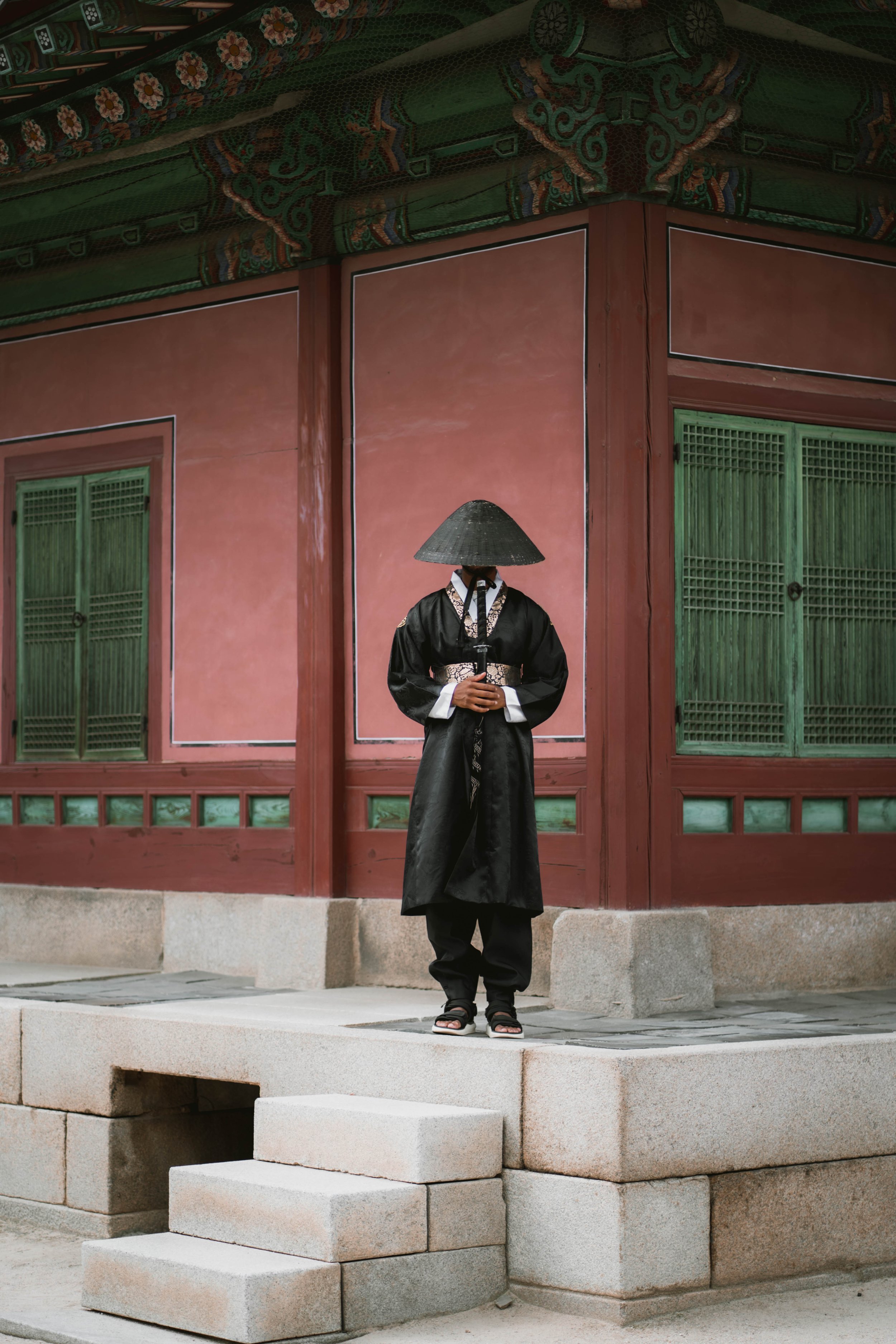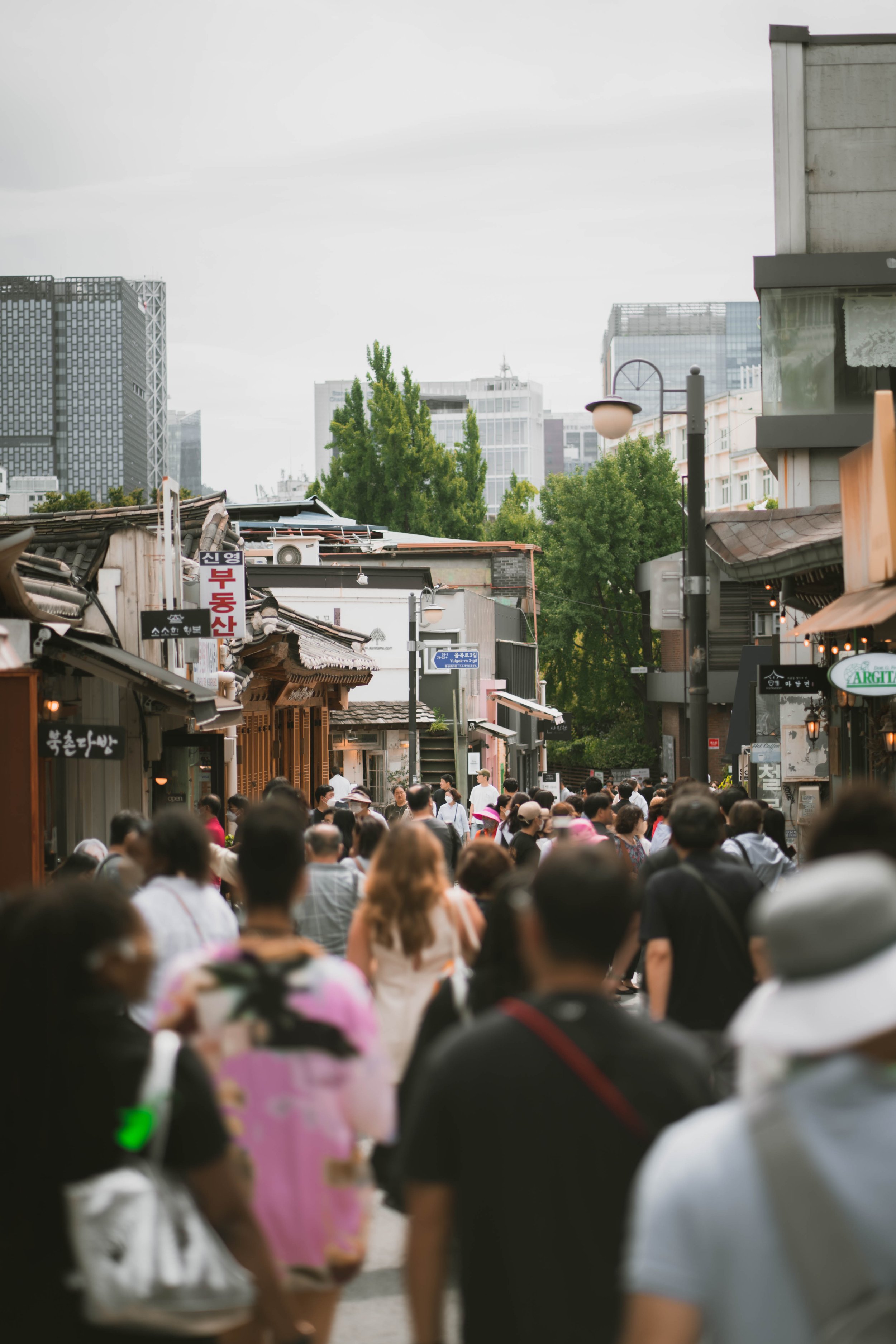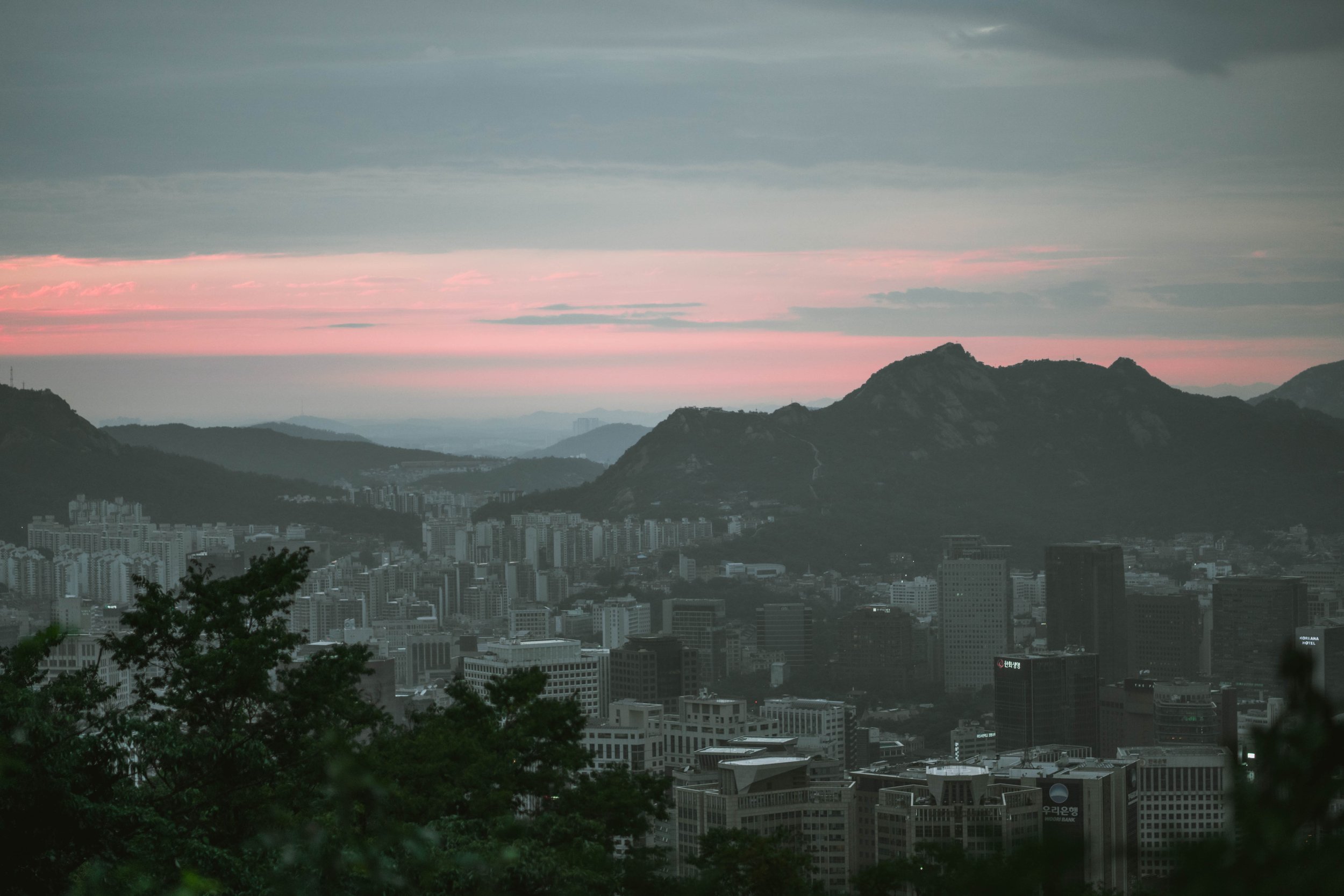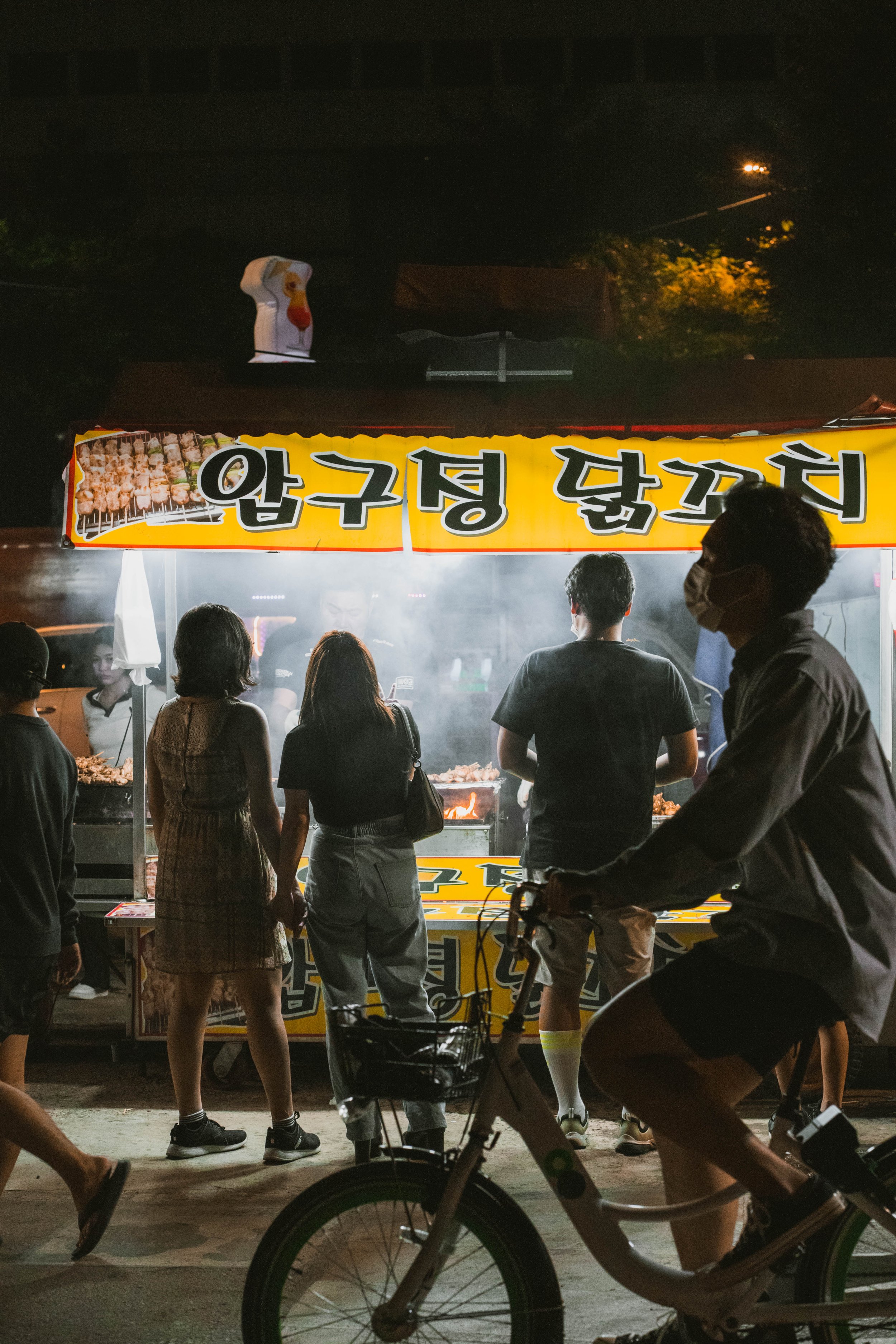The Perfect 7-Day South Korea Itinerary for 2023
If South Korea isn’t on your travel bucketlist, add it promptly! With a distinct culture and history, there’s truly no place in the world like South Korea. In fact, it was my favorite destination in 2022. In this blog post, I’ll be sharing the itinerary I used when I visited South Korea. It was the perfect plan for me, so I’m happy to be sharing it here. Read on for everything you’ll need to know to plan your trip!
Entry Requirements
The Korean e-Travel Authorization (KeTA) is an online application system that allows citizens of certain countries to apply for a visa-free entry to South Korea. The KeTA is a pre-entry registration system that allows travelers to apply for permission to enter South Korea without a visa. It is available to citizens of countries that have a visa-waiver agreement with South Korea. Once approved, the KeTA will be valid for up to three years and can be used for multiple entries into South Korea for stays of up to 90 days per entry.
The application process for the KeTA is done online, and it requires the following documents:
A valid passport
A recent passport-style photo
A credit or debit card to pay the application fee
Other documents may be required depending on the purpose of your visit.
After submitting the application, it usually takes about 3 working days to process. Once the KeTA is issued, travelers can print out the authorization and present it along with their passport at the immigration control upon arrival in South Korea.
It's important to note that the KeTA does not guarantee entry into South Korea, the final decision will be made by the immigration officers at the port of entry.
Cultural Facts about South Korea
South Korea is a country with a rich and unique culture that has been influenced by a variety of factors, including its history, geography, and relationship with other countries. Here are some key cultural aspects of South Korea:
Language: The official language of South Korea is Korean, which is spoken by virtually all citizens. Korean is a language with a complex grammar and a unique alphabet called Hangul.
Food: Korean cuisine is known for its bold flavors and spicy dishes, such as kimchi (fermented vegetables), bulgogi (grilled meat), and bibimbap (a mixed rice dish with vegetables and meat). Korean food is often served with a variety of side dishes, called banchan, which may include pickled vegetables, tofu, and seafood.
Music and Dance: South Korea has a vibrant music and dance scene, with popular genres including K-pop (Korean pop music) and traditional Korean music, such as samul nori (percussion music) and pansori (narrative singing). Korean dance is also an important part of the culture, and traditional dances such as the ganggangsullae (a circle dance performed by women) and the zapangi (a martial arts-inspired dance) are still popular today.
Religion: The majority of South Koreans practice Christianity, with Protestantism and Catholicism being the most common denominations. Buddhism, Confucianism, and shamanism are also practiced in South Korea.
Family: Family is a central aspect of South Korean culture, and filial piety (respect for one's elders and ancestors) is highly valued. It is common for extended families to live close to one another, and the concept of "jeong" (deep emotional bonds between people) is an important part of relationships.
Holidays and Festivals: South Korea has a number of traditional holidays and festivals that are celebrated throughout the year. Some of the most well-known include Lunar New Year (Seollal), Chuseok (Harvest Moon Festival), and Dano (a spring festival that celebrates the arrival of the rainy season).
Where to Stay
Myeong-dong: Located in the heart of the city, Myeong-dong is a popular shopping and entertainment district known for its bustling streets and lively atmosphere. There are a number of hotels, hostels, and guesthouses in the area, making it a convenient place to stay for travelers.
Gangnam: Gangnam is a trendy and upscale neighborhood known for its fashionable shopping and dining options. It is home to a number of high-end hotels and is a popular area for tourists and business travelers.
Itaewon: Itaewon is a diverse and cosmopolitan neighborhood with a mix of local and international restaurants, bars, and shops. It is a popular area for tourists and expats and is known for its vibrant nightlife.
Hongdae: Located near Hongik University, Hongdae is a lively and bohemian neighborhood known for its art scene and lively nightlife. It is a popular area for young travelers and has a number of budget-friendly accommodation options.
Insadong: Insadong is a traditional neighborhood known for its narrow alleys and old-fashioned shops and restaurants. It is a popular destination for tourists and is a good place to stay for those interested in experiencing traditional Korean culture.
Where We Stayed
In Seoul, we stayed at the L7 Hongdae by Lotte. Modern, luxurious, and with a wonderful location (a short walk away from the Hongdae subway station).
In Busan, we stayed at the Arban Hotel. Spacious rooms, friendly staff, and also nicely located in Busan.
Itinerary
Two Cities, One Country
Though there are a ton of dynamic cities spread across the country, we chose to spend our first visit to South Korea split between Seoul and Busan. Unless you plan on visiting South Korea multiple times, I recommend visiting these two cities.
Seoul
Seoul is the capital and largest city of South Korea. It is a vibrant, modern metropolis with a rich history and a unique culture. Seoul is located in the northwest of South Korea and is surrounded by mountains. The Han River flows through the city, dividing it into northern and southern halves.
Seoul is home to a diverse and vibrant culture, with a number of museums, galleries, and cultural centers. The city is also home to a number of traditional festivals and events, such as the Lotus Lantern Festival and the Seoul International Dance Festival. Some of the most well-known landmarks in Seoul include Gyeongbokgung Palace, the Namsan Tower, and the Myeong-dong shopping district. The city is also home to a number of temples and shrines, including the famous Jogyesa Temple and the Bongeunsa Temple.
Busan
Busan is the second-largest city in South Korea and is located on the southeastern coast of the Korean peninsula. It is a major port city and a hub for international trade and tourism. Busan is home to a vibrant arts and culture scene, with a number of museums, galleries, and performing arts venues. Busan has a subtropical climate, with hot, humid summers and mild winters. The city is known for its beautiful beaches, which are popular destinations for tourists and locals alike.
The city is also home to a number of traditional festivals and events, including the Busan International Film Festival, which is one of the largest film festivals in Asia. Some of the most well-known landmarks in Busan include Haeundae Beach, the Busan Tower, and the Busan Museum of Art. The city is also home to a number of temples, including the famous Beomeosa Temple, which is located in the mountains outside of the city.
Days 1-2: Seoul
DAY 1 - Afternoon: Visit Gwangjeang Market; Evening (from before sunset to after dark): Picnic along the Han River.
DAY 2 - Morning: Visit the GyeongBokgung Palace (dress in Hanbok if you’d like!); Afternoon: walk around the Bukchon Hanok Village; Evening: Go up to visit the Seoul Tower and catch the sunset.
Days 3-5: Busan
DAY 3 - Morning: Take train to Busan; Afternoon: take in the harbor views on Yacht cruise; Evening: relax at Haeundae Beach
DAY 4 -Morning: visit the Gamcheon Culture Village; Afternoon: Break for Lunch; Before Sunset: hike along the Igidae Coastal Walk
DAY 5 - Morning and Afternoon: Spend the day at Spa Land Centum City; Evening: have a traditional Korean BBQ Dinner
Days 6-7: Seoul
DAY 6 - Morning: Take train back to Seoul; Afternoon: Visit the War Memorial; Evening: Take a Korean Cooking Class
DAY 7 - Morning-Afternoon: Visit the National Folk Museum; Late Afternoon: Grab Food and relax; Evening: Korean Karaoke and partying on the town
And there you have it. I hope this post was helpful and got you excited about visiting South Korea! Let me know if you have any questions in the comments below. Thanks for reading!







